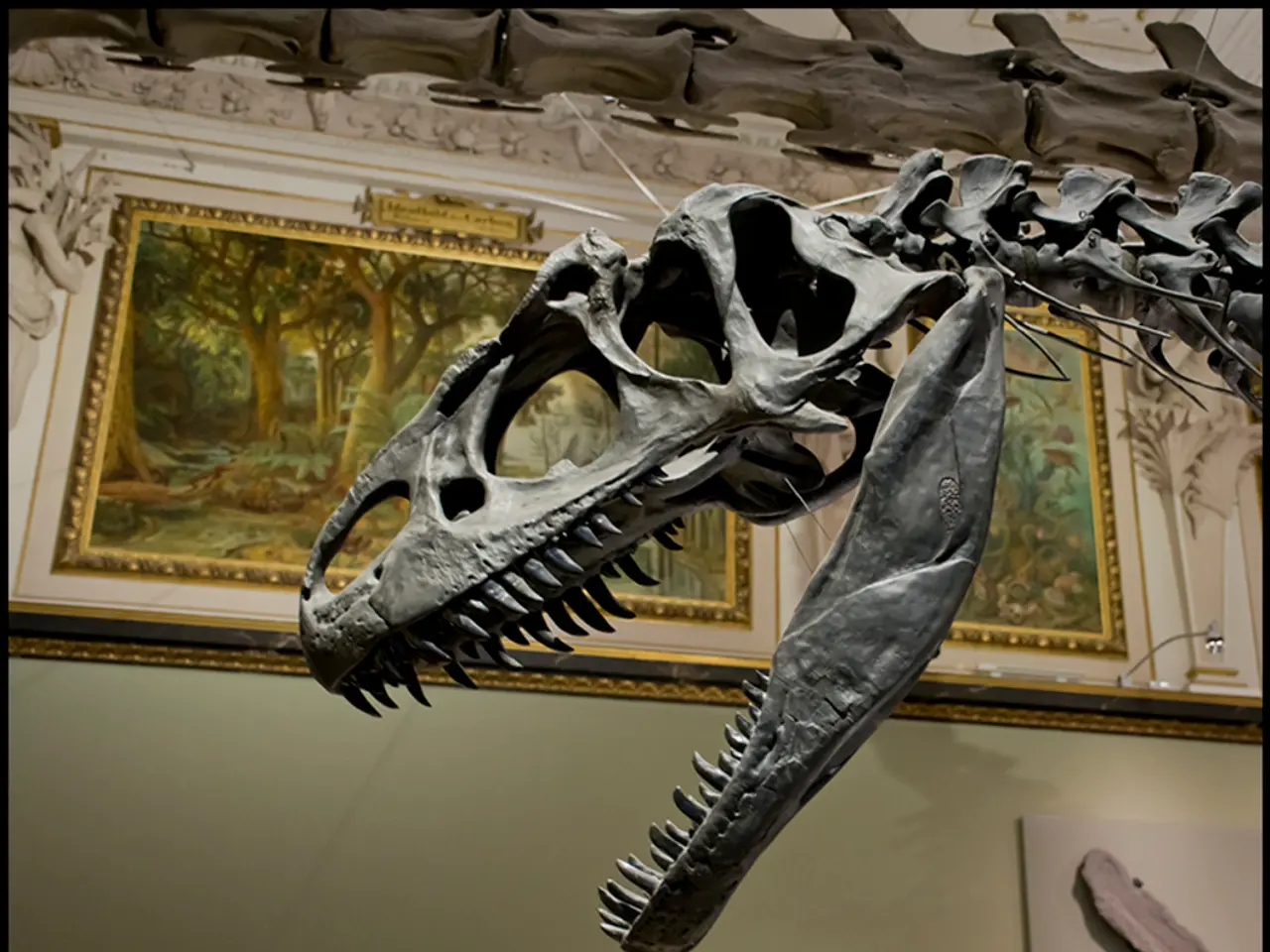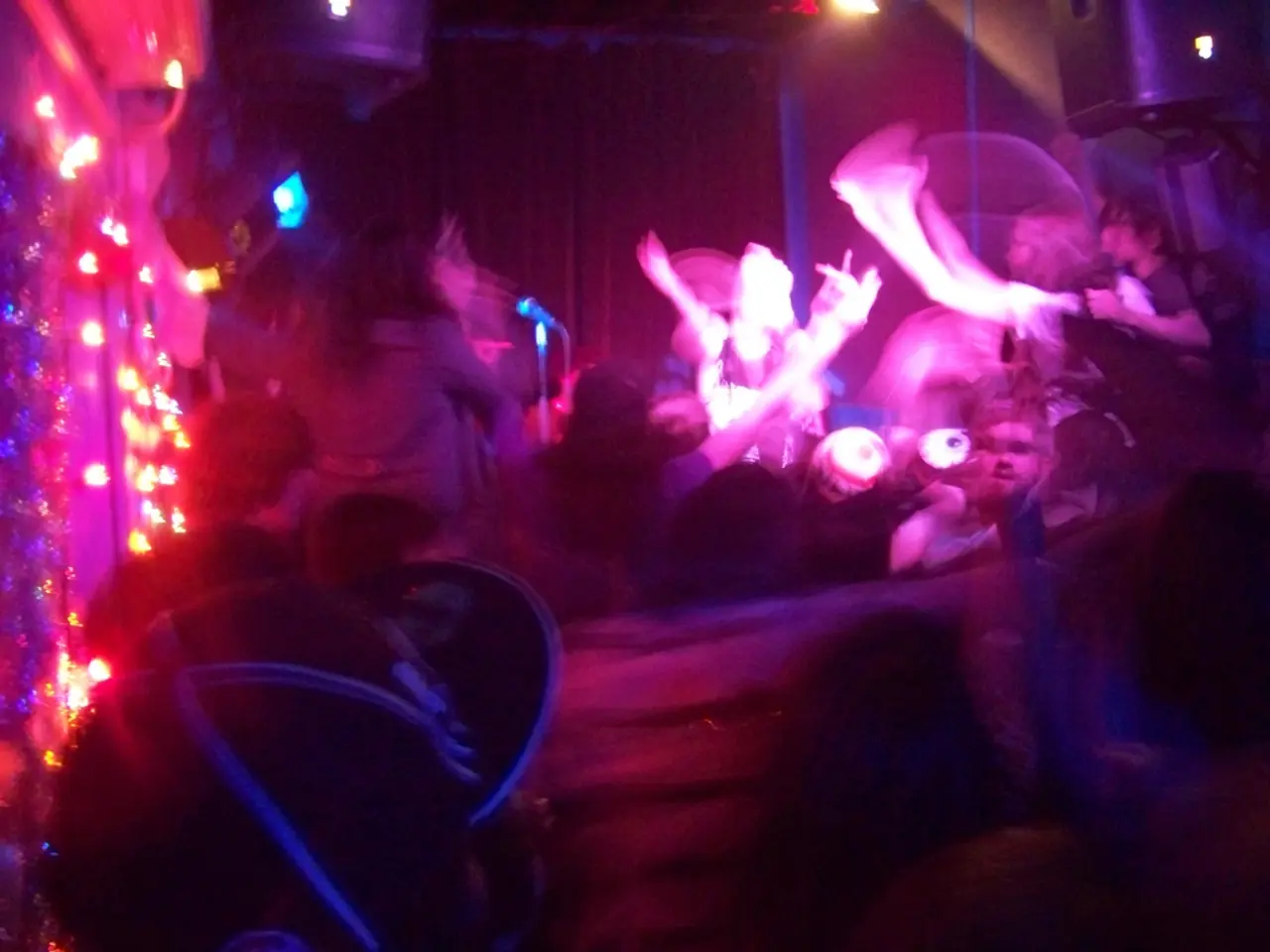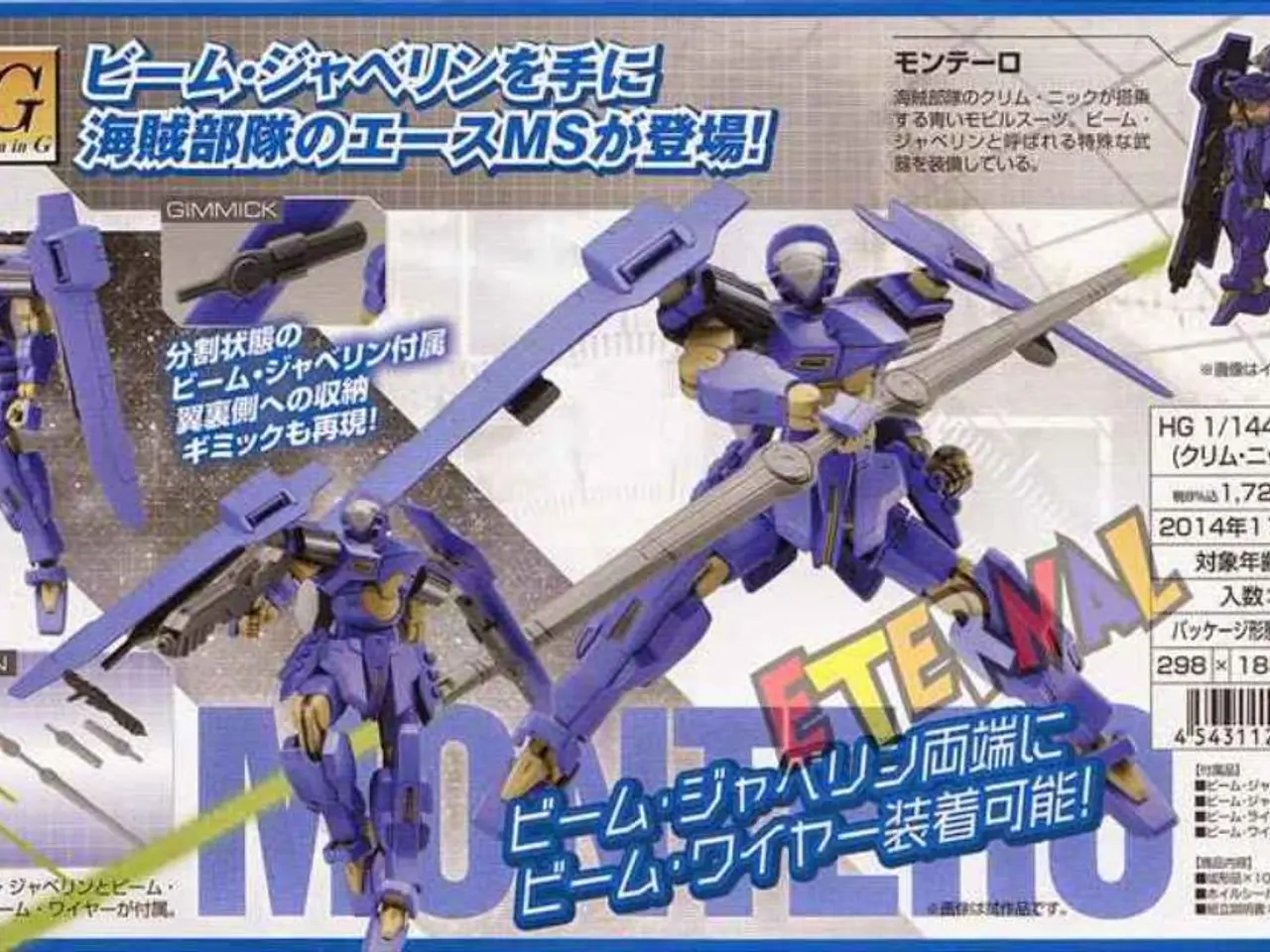Category of Patent Filings: Application Submissions
In the realm of patent applications, maintaining confidentiality is of utmost importance. Here's a breakdown of the key statutes and regulations that establish patent-related confidentiality, particularly for Controlled Unclassified Information (CUI).
- 35 U.S.C. § 122(a) – This section of the U.S. Code addresses the confidentiality of patent applications and related documents, ensuring that certain information submitted to the United States Patent and Trademark Office (USPTO) may be kept confidential. The source document can be found on the U.S. Government Publishing Office or legal databases.
- 35 U.S.C. § 205 – This section involves confidentiality provisions related to rights to inventions made with federal funding, often referred to as Bayh-Dole Act provisions. It includes handling of subject inventions and related data. The U.S. Code, Title 35, Section 205, is the source.
- 37 C.F.R. § 401.13(c)(2) – This Code of Federal Regulations section governs the licensing and confidentiality of federally funded inventions, specifying requirements on confidentiality including CUI considerations for patent-related information. The exact provision can be found in the Electronic Code of Federal Regulations (eCFR) or printed CFR volumes.
For more comprehensive guidance on CUI, beyond patent confidentiality, you can refer to the National Archives and Records Administration (NARA) for the overarching CUI Registry and related directives, and the Department of Defense (DoD) for instructions on handling CUI in DoD contexts.
When dealing with DoD contracts or submissions, it's recommended to check DoD publications and instructions for procedures related to CUI protection.
A nonprovisional utility patent application requires several components, including a specification, including claims, and an oath or declaration. Drawings may also be necessary. The application, once filed under 35 U.S.C. 111(a), establishes the filing date and initiates the examination process.
It's important to note that the alternative banner marking for basic authorities for this patent application is CUI//APP. The Safeguarding and/or Dissemination Authority under 35 USC 205 and 37 CFR 401.13(c)(2) are both classified as Basic Authorities. However, the sanctions for the Safeguarding and/or Dissemination Authority under 37 CFR 401.13(c)(2) are not specified in the text. The application does not include provisional applications.
Lastly, it's essential to remember that the prescribed filing fee is necessary for a nonprovisional utility patent application. For more detailed information, direct references to the official government websites like govinfo.gov for statutes and ecfr.gov for regulations are the authoritative sources.
- In the context of patent applications involving technologies, the confidentiality of patent-related documents is protected by sections such as 35 U.S.C. § 122(a), which ensures that certain information can remain confidential upon submission to the United States Patent and Trademark Office (USPTO).
- The handling of subject inventions and related data, including those with financial implications, is addressed by the Bayh-Dole Act provisions under 35 U.S.C. § 205, which establishes confidentiality provisions related to rights to inventions made with federal funding in technology sectors.




